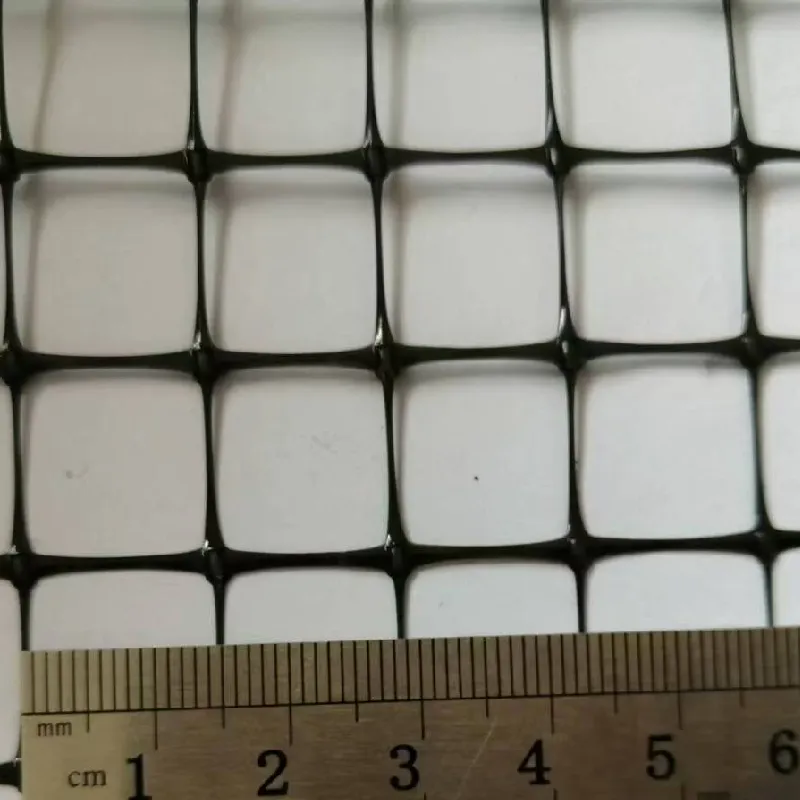-
 Afrikaans
Afrikaans -
 Albanian
Albanian -
 Amharic
Amharic -
 Arabic
Arabic -
 Armenian
Armenian -
 Azerbaijani
Azerbaijani -
 Basque
Basque -
 Belarusian
Belarusian -
 Bengali
Bengali -
 Bosnian
Bosnian -
 Bulgarian
Bulgarian -
 Catalan
Catalan -
 Cebuano
Cebuano -
 China
China -
 Corsican
Corsican -
 Croatian
Croatian -
 Czech
Czech -
 Danish
Danish -
 Dutch
Dutch -
 English
English -
 Esperanto
Esperanto -
 Estonian
Estonian -
 Finnish
Finnish -
 French
French -
 Frisian
Frisian -
 Galician
Galician -
 Georgian
Georgian -
 German
German -
 Greek
Greek -
 Gujarati
Gujarati -
 Haitian Creole
Haitian Creole -
 hausa
hausa -
 hawaiian
hawaiian -
 Hebrew
Hebrew -
 Hindi
Hindi -
 Miao
Miao -
 Hungarian
Hungarian -
 Icelandic
Icelandic -
 igbo
igbo -
 Indonesian
Indonesian -
 irish
irish -
 Italian
Italian -
 Japanese
Japanese -
 Javanese
Javanese -
 Kannada
Kannada -
 kazakh
kazakh -
 Khmer
Khmer -
 Rwandese
Rwandese -
 Korean
Korean -
 Kurdish
Kurdish -
 Kyrgyz
Kyrgyz -
 Lao
Lao -
 Latin
Latin -
 Latvian
Latvian -
 Lithuanian
Lithuanian -
 Luxembourgish
Luxembourgish -
 Macedonian
Macedonian -
 Malgashi
Malgashi -
 Malay
Malay -
 Malayalam
Malayalam -
 Maltese
Maltese -
 Maori
Maori -
 Marathi
Marathi -
 Mongolian
Mongolian -
 Myanmar
Myanmar -
 Nepali
Nepali -
 Norwegian
Norwegian -
 Norwegian
Norwegian -
 Occitan
Occitan -
 Pashto
Pashto -
 Persian
Persian -
 Polish
Polish -
 Portuguese
Portuguese -
 Punjabi
Punjabi -
 Romanian
Romanian -
 Russian
Russian -
 Samoan
Samoan -
 Scottish Gaelic
Scottish Gaelic -
 Serbian
Serbian -
 Sesotho
Sesotho -
 Shona
Shona -
 Sindhi
Sindhi -
 Sinhala
Sinhala -
 Slovak
Slovak -
 Slovenian
Slovenian -
 Somali
Somali -
 Spanish
Spanish -
 Sundanese
Sundanese -
 Swahili
Swahili -
 Swedish
Swedish -
 Tagalog
Tagalog -
 Tajik
Tajik -
 Tamil
Tamil -
 Tatar
Tatar -
 Telugu
Telugu -
 Thai
Thai -
 Turkish
Turkish -
 Turkmen
Turkmen -
 Ukrainian
Ukrainian -
 Urdu
Urdu -
 Uighur
Uighur -
 Uzbek
Uzbek -
 Vietnamese
Vietnamese -
 Welsh
Welsh -
 Bantu
Bantu -
 Yiddish
Yiddish -
 Yoruba
Yoruba -
 Zulu
Zulu
Durable Heavy Duty Debris Netting Solutions for Enhanced Safety and Protection on Construction Sites
Heavy Duty Debris Netting Security and Safety in Construction
In the construction and renovation industries, safety is of utmost importance, not only for the workers on-site but also for pedestrians and properties nearby. One effective solution that has gained prominence is heavy duty debris netting. This specialized type of netting is designed to keep construction sites safe and secure while enhancing overall operational efficiency.
Understanding Heavy Duty Debris Netting
Heavy duty debris netting is made from durable synthetic materials like polyethylene or polypropylene, designed to withstand harsh weather conditions and the rigors of a construction environment. Its high tensile strength ensures that it can handle heavy loads, preventing debris from falling or being blown away during storms or high winds. This is crucial for construction sites, as loose materials can pose severe hazards to both workers and passersby.
Key Features and Benefits
1. Safety and Protection The primary purpose of heavy duty debris netting is to prevent debris, tools, and other materials from falling off scaffolds or construction sites. This not only protects workers on-site but also safeguards the general public, minimizing the risk of accidents.
2. Visibility Many heavy duty debris nets are designed with enhanced visibility in mind. They often come in bright colors or are made with reflective materials, making them highly visible to both workers and pedestrians. This feature helps to alert individuals to the presence of construction activity and areas where caution is needed.
3. Versatility Heavy duty debris netting can be used across various applications, from scaffolding enclosures to temporary fencing around construction sites. This versatility makes it an invaluable asset for contractors and site managers looking to ensure compliance with safety regulations.
heavy duty debris netting

4. Durability and Longevity Constructed to withstand UV rays, rain, and extreme temperatures, heavy duty debris netting is built for long-term use. This means that once installed, it requires less frequent replacement, ultimately saving companies money on materials and labor costs.
5. Cost-Effectiveness With its durability and protective qualities, investing in heavy duty debris netting can result in long-term savings. By preventing accidents and injuries, companies can avoid costly lawsuits, insurance claims, and project delays.
6. Environmentally Friendly Options As sustainability becomes increasingly important in construction practices, many manufacturers are now offering eco-friendly debris netting options. These nets are made from recycled materials and are recyclable themselves, providing an option that aligns with environmentally conscious construction efforts.
Installation and Maintenance
Installing heavy duty debris netting requires careful planning and execution. Site managers should ensure that the netting is securely fastened to prevent any potential detachments. Regular inspections are crucial to identify any wear and tear, especially after severe weather events. When maintained properly, heavy duty debris netting can provide effective protection throughout the duration of a construction project.
Conclusion
In summary, heavy duty debris netting is an indispensable tool in ensuring safety on construction sites. By providing protection against falling debris, enhancing visibility, and offering durability and cost savings, it plays a vital role in modern construction practices. As the construction industry continues to evolve, embracing safety innovations like heavy duty debris netting will be essential for protecting workers and the public alike while promoting a responsible and effective approach to construction management.
-
Shipping Plastic Bags for Every NeedNewsJul.24,2025
-
Safety Netting: Your Shield in ConstructionNewsJul.24,2025
-
Plastic Mesh Netting for Everyday UseNewsJul.24,2025
-
Nylon Netting for Every UseNewsJul.24,2025
-
Mesh Breeder Box for Fish TanksNewsJul.24,2025
-
Expanded Steel Mesh Offers Durable VersatilityNewsJul.24,2025











